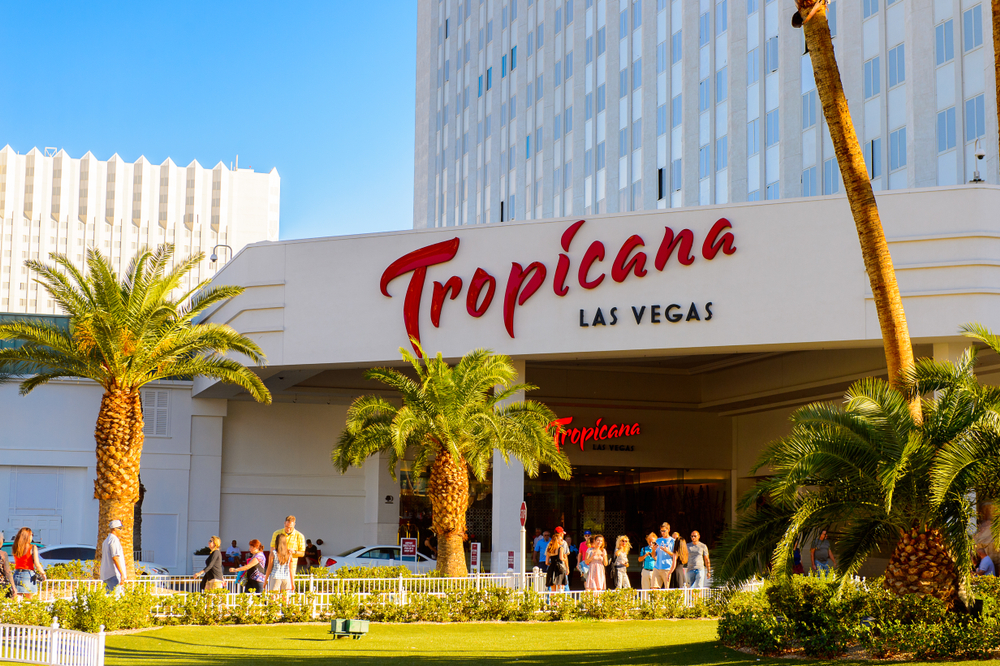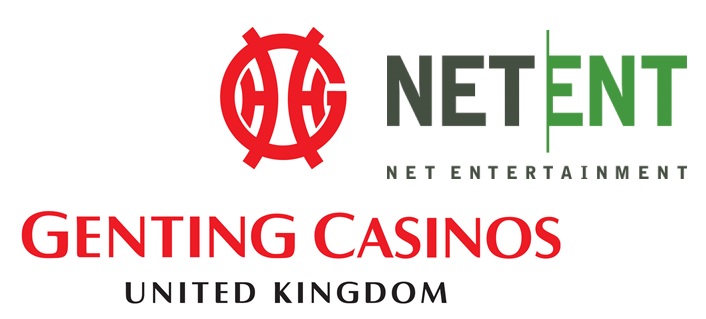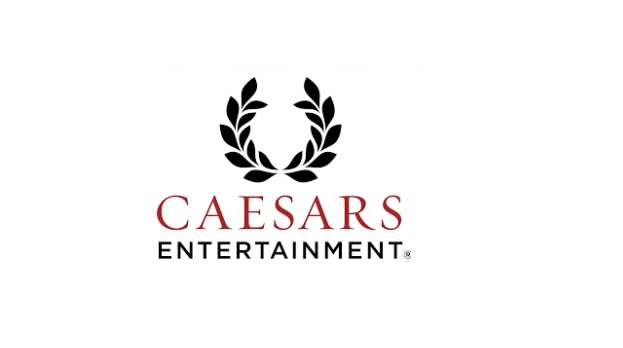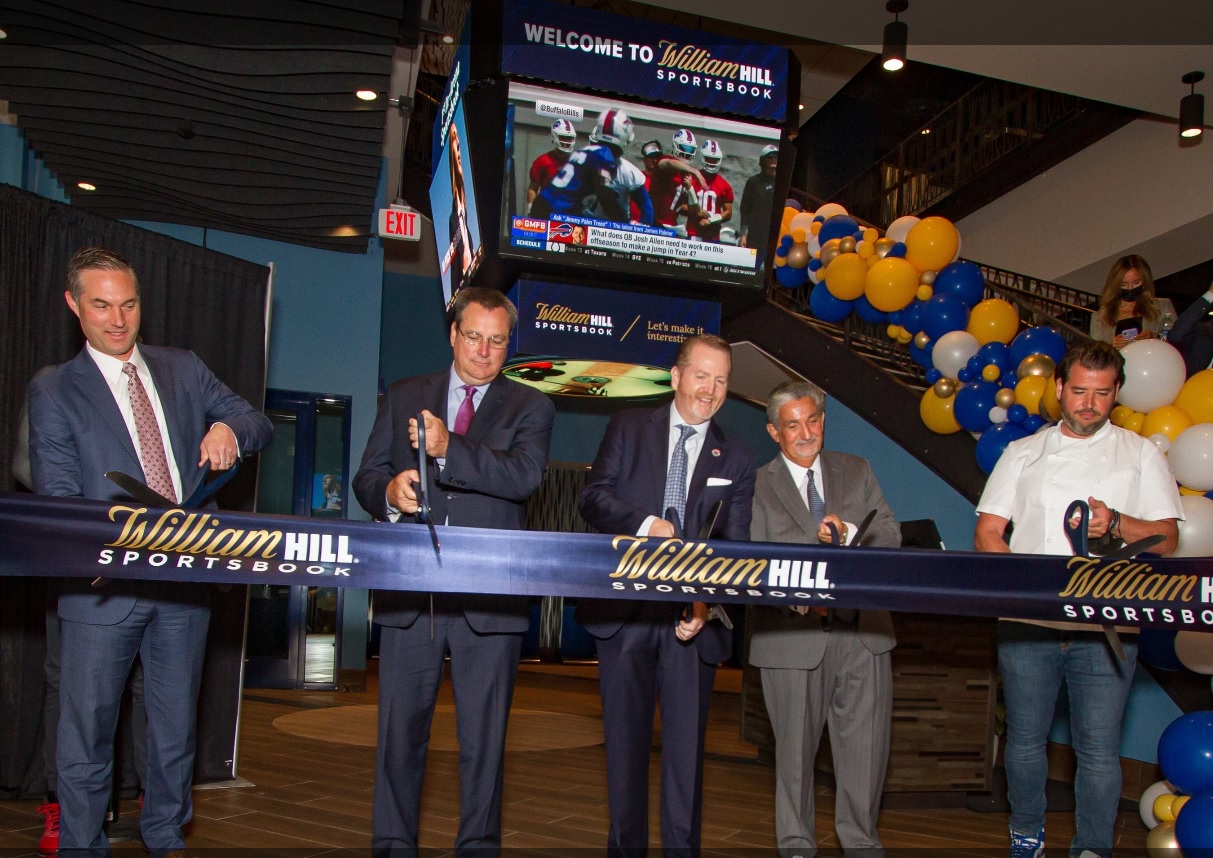Gaming and Leisure Properties (GLPI) is standing on third base, but there are two outs in the bottom of the ninth and it is waiting for someone to drive the company in as the winning run in the deal to bring the Oakland A’s to Las Vegas.
Peter Carlino, CEO of the real estate investment trust (REIT), doesn’t want to be left stranded.
It’s been more than a week since GLPI and Bally’s Corp. announced they would give the Major League Baseball franchise 9 acres to build a $1.5 billion, 30,000-seat retractable roof stadium near the Tropicana Las Vegas. Bally’s operates the resort.
GLPI sweetened the pot, saying it would contribute $175 million toward “certain shared improvements within the future development.” The REIT wants an adjustment to the $10.5 million in rent Bally’s pays to lease the 35 acres on the Strip and Tropicana Boulevard.
As of Tuesday, A’s and major state officials had reached a loose agreement for a public financing package of at least $325 million, significantly less than the team was seeking for tax credits and creating a special taxation district to fund the stadium’s construction.
But the pitch clock is ticking.
JMP Securities gaming analyst Mitch Germain told investors in a research note last week that GLPI sees value in having a baseball stadium and an improved gaming property on the property. Bally’s would likely demolish the Rat Pack-era Tropicana and build a destination more commensurable for the south Strip.
“The site will occupy roughly one-quarter of a 35-acre site, suggesting the potential to participate in future development opportunities,” Germain wrote. “We view this as an incremental growth avenue for GLPI when the project takes place around 2025.”
Carlino said as much when A’s deal was announced May 15.
“A world-class Major League Baseball stadium on our site underscores its status as one of the most prime locations on the Las Vegas Strip and will enhance any future development of our remaining 26 acres,” he said at the time.
Carlino created the gaming industry’s first REIT in 2013 when he spun off almost two dozen properties operated by Penn National Gaming (now Penn Entertainment) into the newly formed GLPI.
REITs, by law, don’t pay federal income taxes. With real estate as their primary source of income, REITs are required to distribute at least 90 percent of their taxable earnings to shareholders.
GLPI has almost 60 properties nationwide and owns five casinos in Nevada leased to operators. Penn Entertainment operates M Resort in Henderson as well as Horseshu and Cactus Pete’s, two small casinos in Jackpot near the Idaho border. Caesars Entertainment operates Tropicana Laughlin.
Tropicana Las Vegas, however, offers the highest potential for a return on the company’s investment.
Germain said Gaming and Leisure and rival gaming REIT VICI Properties had made loans to various gaming operations because “traditional lending sources are too costly … [and] gaming operator stock prices remain too depressed to consider equity capital raising.”
In October, GLPI said it would provide Penn $575 million to relocate an Illinois riverboat casino on land and fund other company expansion projects.
That’s one reason the REIT wants the stadium added to the Tropicana’s Strip location.
“We believe GLPI’s capital likely screens favorably relative to bank financing, while it can leverage its existing relationship under a master lease with Bally’s to offer growth capital,” Germain wrote.
Even with the A’s stadium deal not finalized, Carlino — a member of the Gaming Hall of Fame for his work in creating Penn and GLPI — is planning ahead.
“As the project moves forward, we also expect that GLPI will have opportunities to further invest in the various aspects of the overall project,” he said.
Source: The Nevada Independent
Image: Preview Shutterstock




























